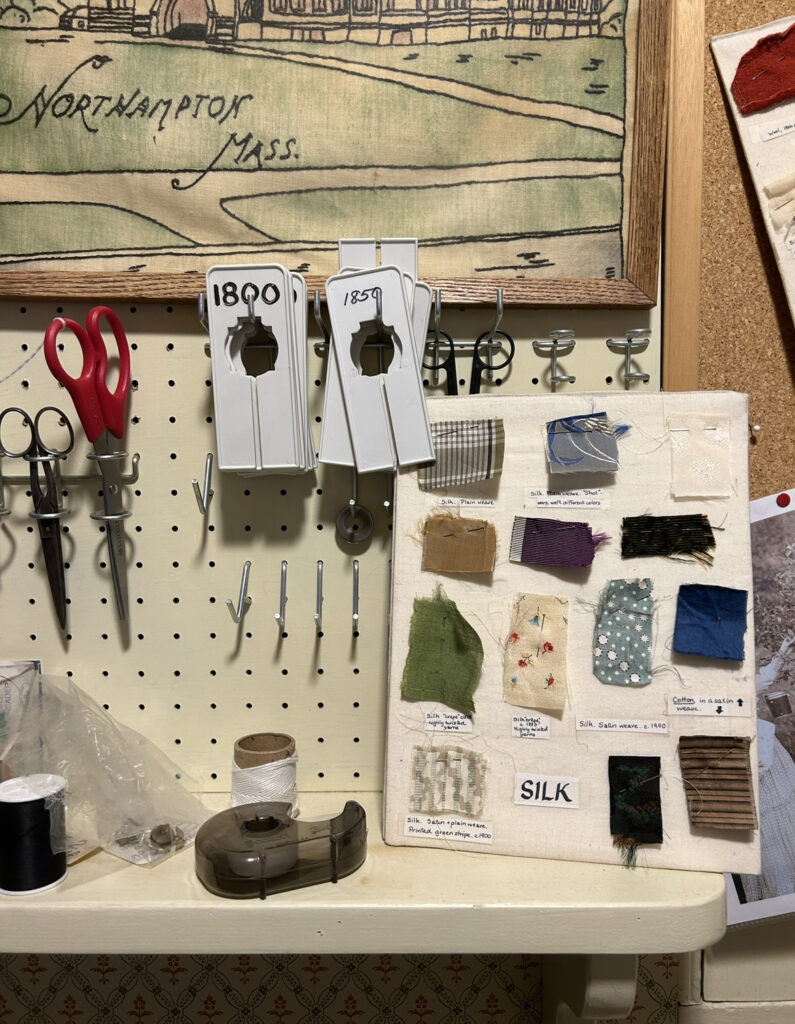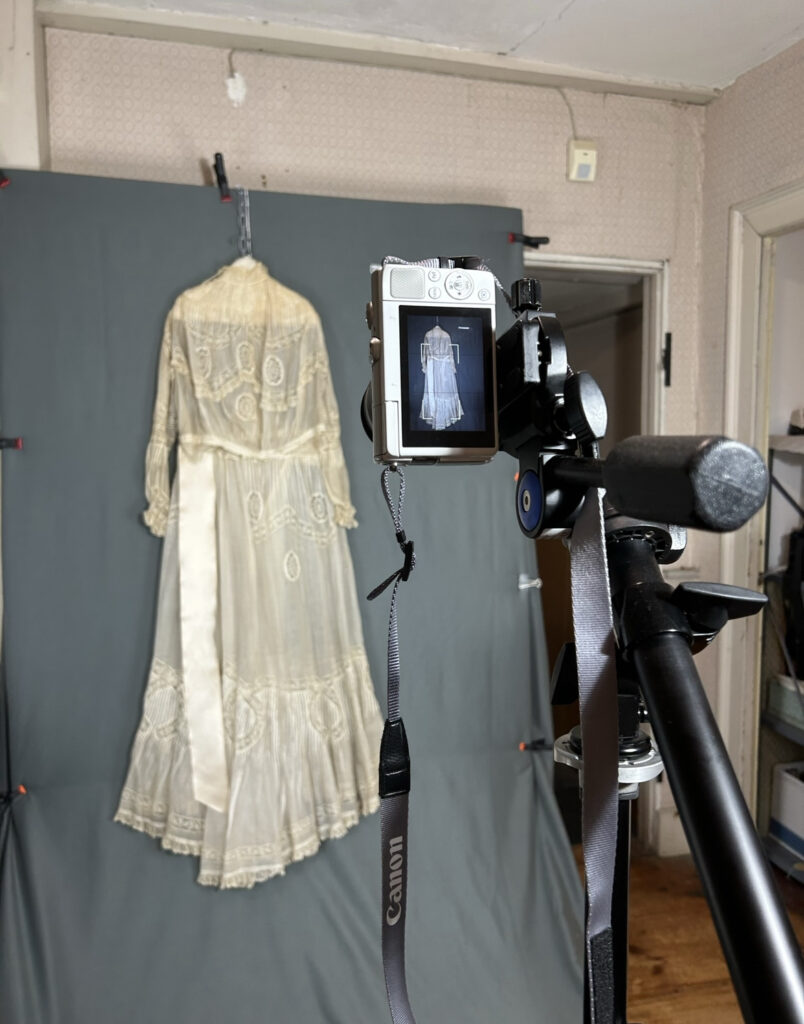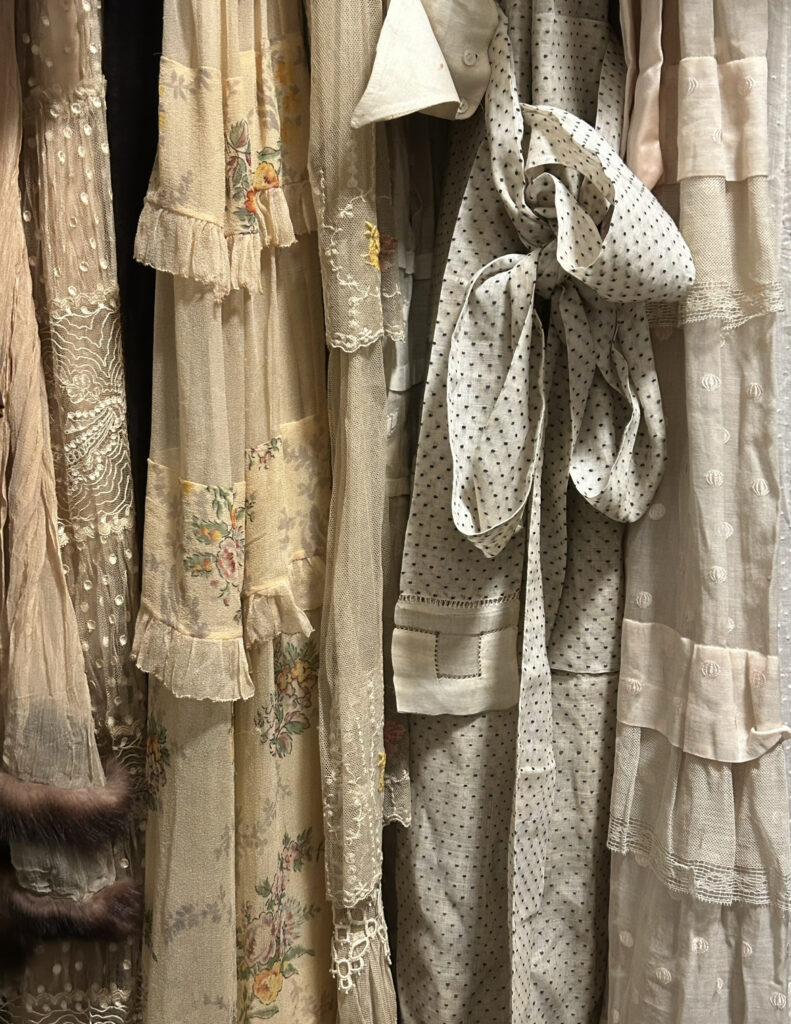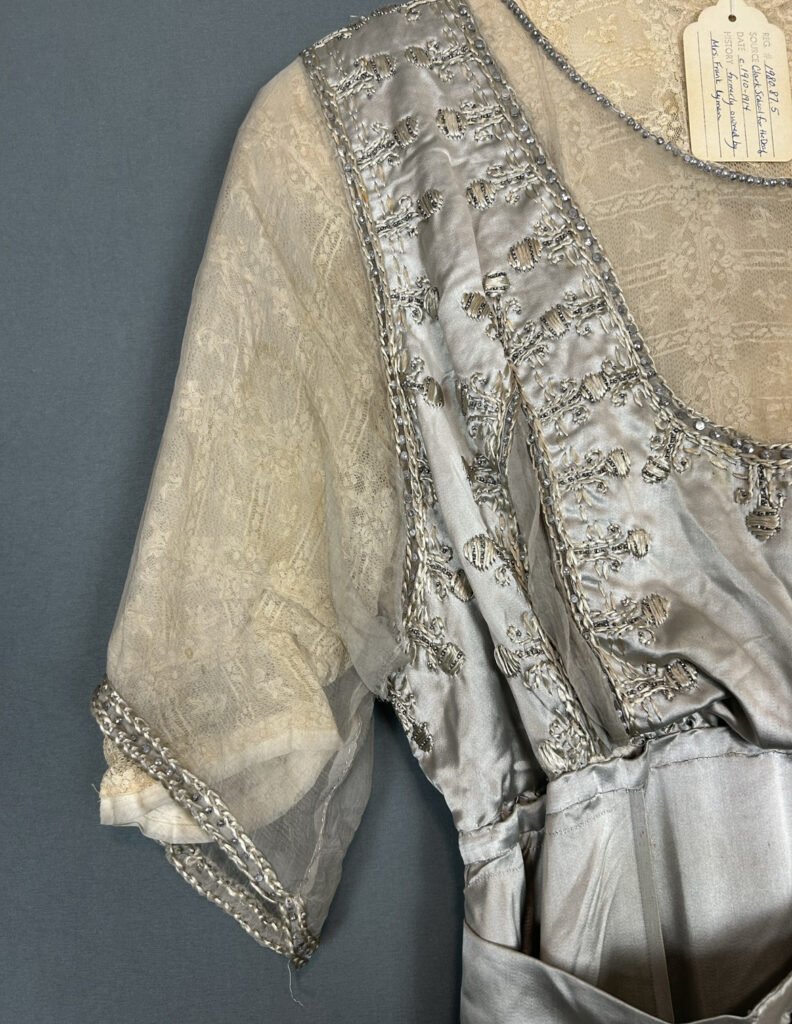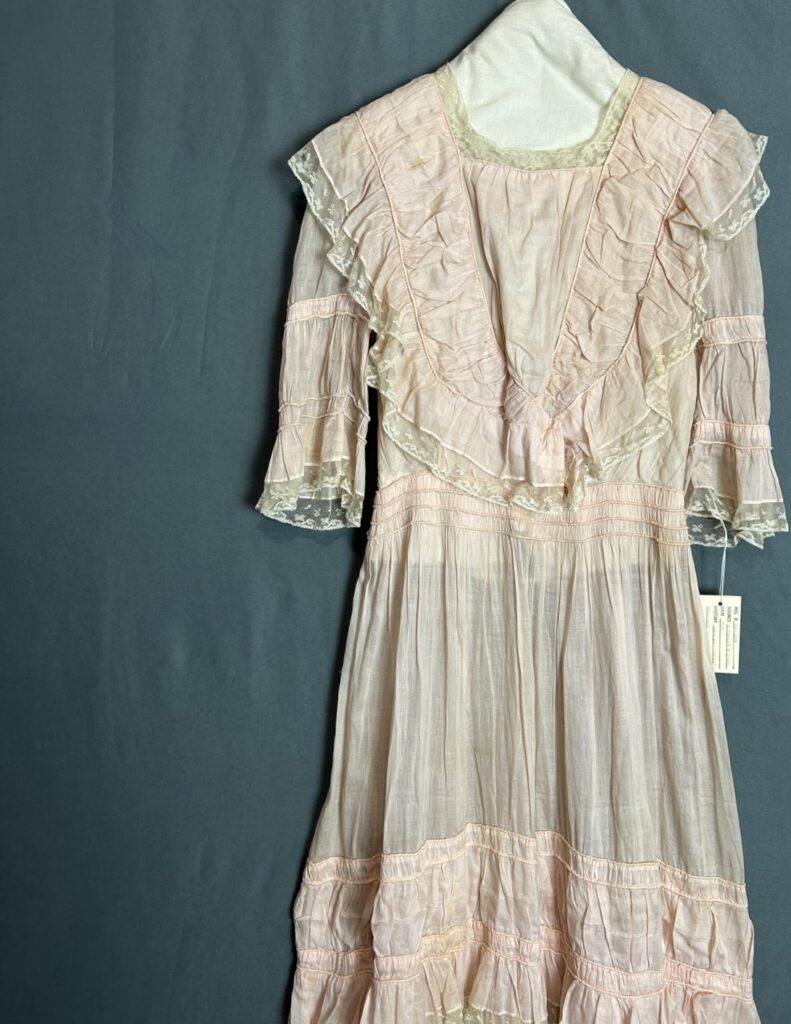Personal introduction
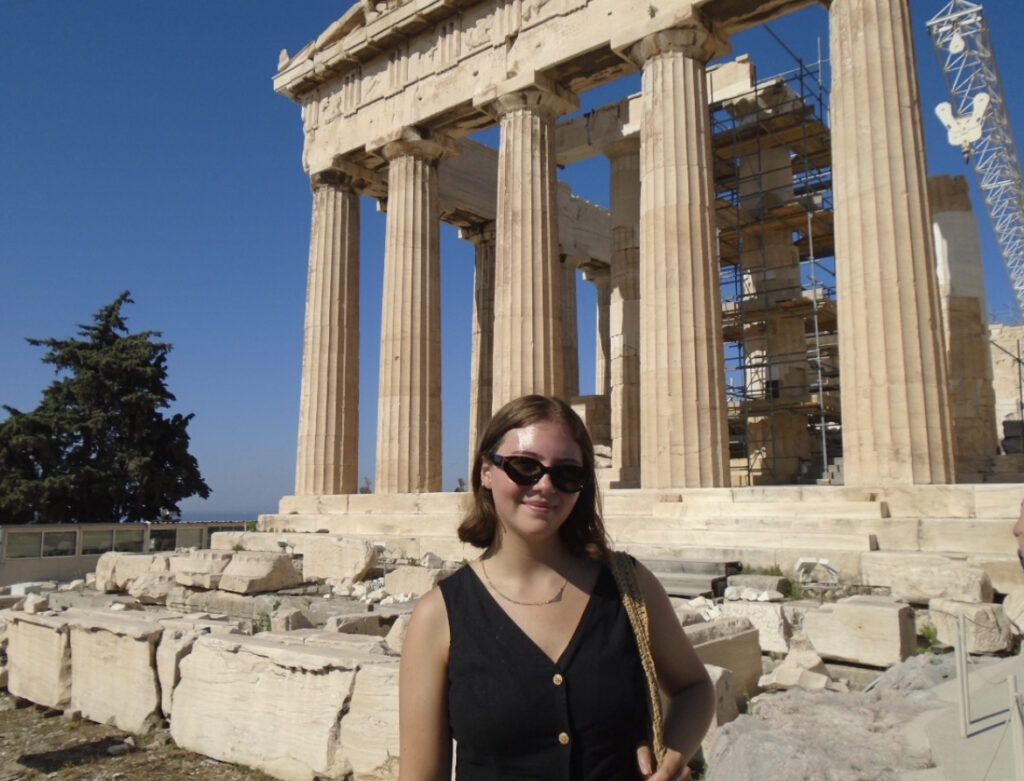
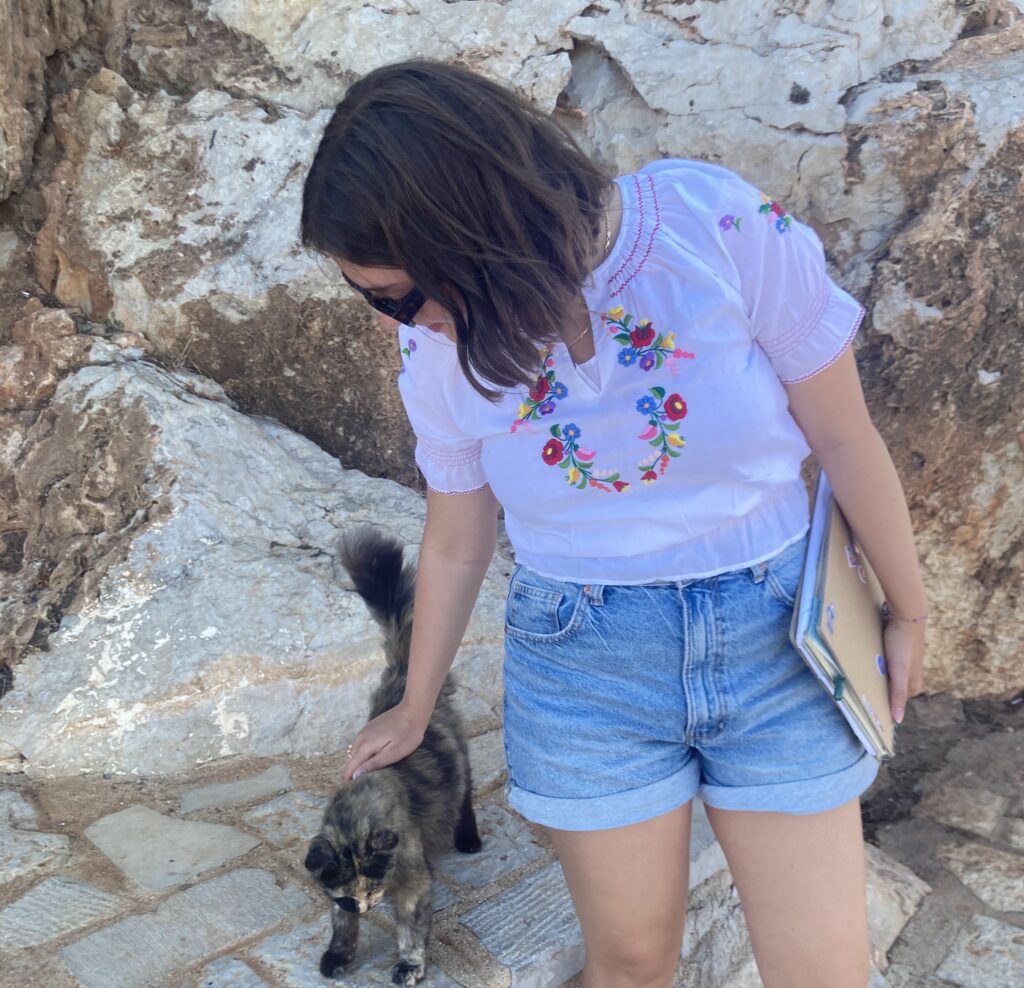
My summer experience
While taking my summer course through College Year in Athens, our class visited a huge amount of different venues for exhibiting contemporary art. Among these venues were archaeological museums and monuments, galleries, popup events, gardens, derelict buildings, The National Museum of Contemporary Art, and a street art tour on the island of Crete. Through all of these different venues, I could tell that the Greek contemporary art scene was something special. Although Greek art is so often thought about in the context of its ancient art and the role it has played in shaping culture as we know it, the Greek contemporary scene is really thriving. Athens is a city where you can’t walk five feet without bumping into an outdoor cinema showcasing golden age movies, or into ancient ruins directly next to a shop selling souvenirs. History is steeped in every crack on the sidewalks, and this impacts contemporary art made in Greece in an incredibly unique way.
Why clothing?
Clothing has been on my mind for most of my senior year because of my year long internship at the Historic Northampton museum. When I was reflecting upon my summer experience, I traced the works that were the most impactful and important to me, and art which also echoed the prevalent issues that Greece is struggling with. I realized that although historic clothing and contemporary art seem far apart, some of the most impactful works I saw involved the use of clothing.
Clothing is a really indicative way to convey human presence. It is a material object that is so personal. Clothing and textiles also vary greatly between countries and between cultures, which makes it a really effective way of communicating themes about displacement and of locality.
My central goal?
With this project, I wanted to create a virtual exhibition featuring contemporary artists who explore themes of migration and displacement in works that integrate clothing and textiles.
Historic Northampton experience
During my senior year at Smith, as a part of my student job, I have spent a lot of my time working with and learning about the clothing collection at the Historic Northampton Museum. One of my tasks is to type while Lynne Zacek Bassett, our clothing expert, verbally describes the clothing collection. Slowly we are working our way through the extensive archives, which contain objects that range from 1960s girl scout uniforms, to modest 1920s bathing suits, and tea gowns from the 1890s. When I started back in September, I knew next to nothing about the technical aspects of clothing. Slowly, I am learning to be able to notice the difference between crochet and bobbin lace, and how to tell if a fabric is made of pure cotton, or if it is blended with wool (moths tend to eat away at the wool, leaving only cotton threads behind).
Some of my favorite pieces are when clothing was slightly altered to accommodate the needs of the wearer, or when small details give us a peek into the past. Just last week, we were looking at a gown worn at a UMass Military ball in the 1950s. The bodice back was slightly yellowed, which meant that it was very likely that the wearers fiancee was not wearing gloves that evening. The yellowing occurred where a hand would have rested just above her waist.
This position, and being around these articles of clothing, many of which were once peoples prized possessions, taught me the intricacies of textiles and clothing and the wealth of information that clothing contains.
